27 Feb February 27, 2023
Mites can be a common pest on Venus flytraps, and it's important to address the infestation as soon as possible... read more
02 Mar March 2, 2023
To grow your Venus Flytrap indoors, you can use full-spectrum LED lights as they provide the full spectrum of light... read more
17 Apr April 17, 2023
The Venus flytrap (Dionaea muscipula) is often found growing in the wild alongside other carnivorous plants, including:
Pitcher Plants: Pitcher... read more
25 Feb February 25, 2023
Venus flytraps, like many plants, undergo a period of dormancy during the winter months. This is a natural process that... read more
27 Feb February 27, 2023
Venus flytraps (Dionaea muscipula) reproduce through both seeds and vegetative division. Vegetative division, also known as clonal propagation, is when... read more
26 Feb February 26, 2023
There are several types of carnivorous plants that can be grown together with Venus Flytraps in a communal growing environment.... read more
17 May May 17, 2021
Light: Venus Flytraps need strong light. They can be grown indoors next to a very sunny window where sunlight can
visibly... read more
20 Jun June 20, 2023
Sphagnum moss is a popular growing medium for carnivorous plants for several reasons:
Acidic pH: Carnivorous plants, such as Venus... read more
02 Mar March 2, 2023
The Venus flytrap is a carnivorous plant that typically has green leaves with red traps. However, there are many different... read more
10 May May 10, 2021
Venus flytraps are not hard to care for. Venus flytrap care is really easy, as long as you don't over... read more

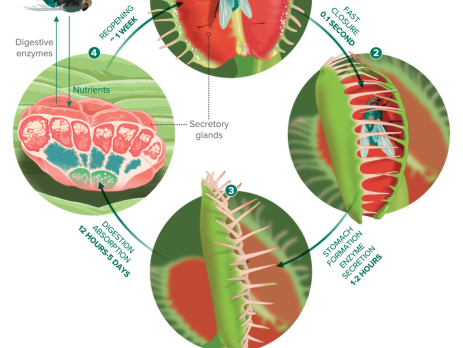
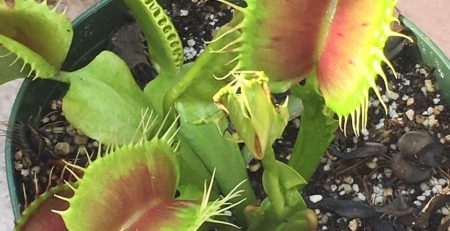

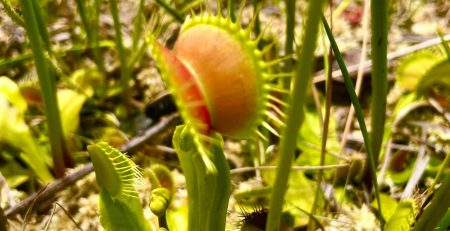
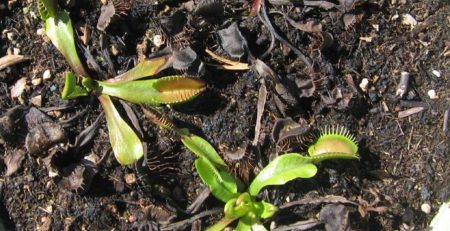
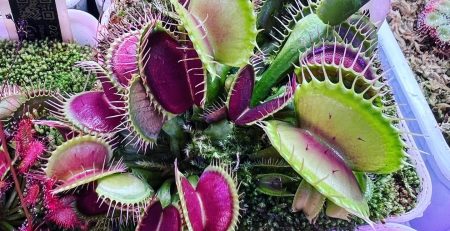
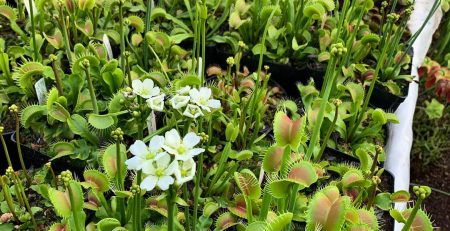
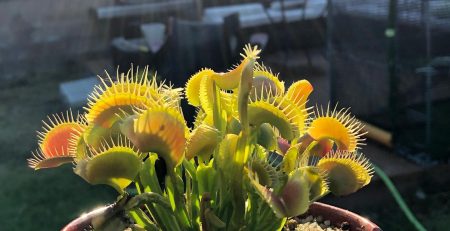
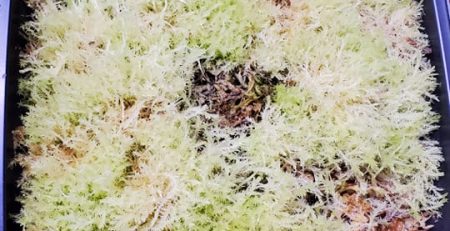
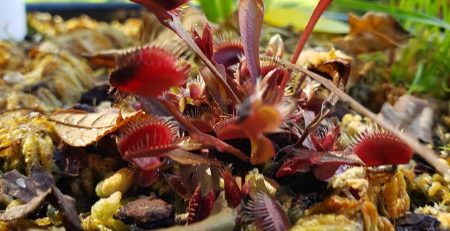
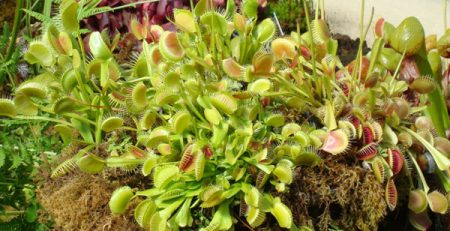
Leave a Reply
You must be logged in to post a comment.